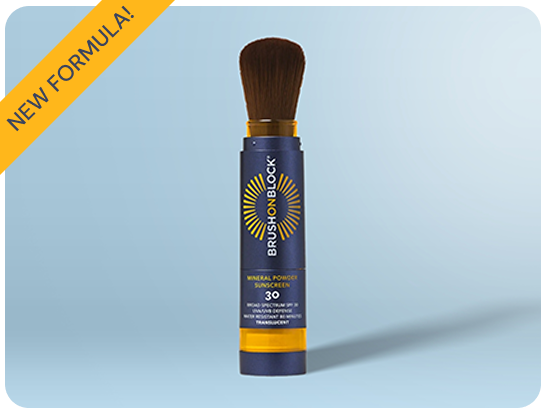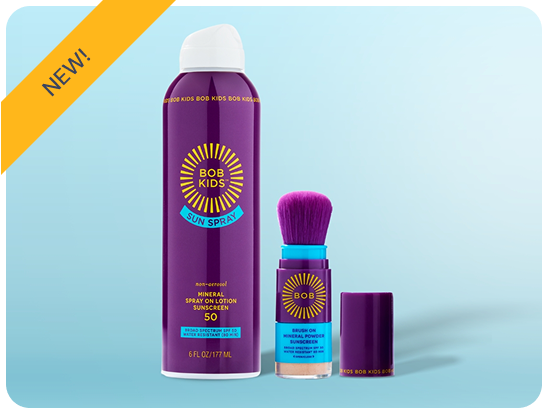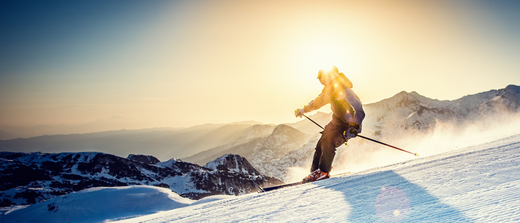Shopping for sunscreen doesn’t have to feel overwhelming. With so many terms and numbers on the label, it’s easy to get confused. Here’s a guide to help you make sense of it all so you can protect your skin like a pro.
SPF: What It Really Means
SPF (Sun Protection Factor) is a number that measures a sunscreen’s ability to protect your skin from UVB rays, the ones that cause sunburn. But there are a few important things to know:
- SPF 100 isn’t double the protection of SPF 50. The difference is actually small—SPF 100 blocks about 99% of UVB rays, while SPF 50 blocks 98%.
- SPF doesn’t measure time. It’s not about how long you can stay in the sun—it’s about how well the sunscreen filters UVB rays. Reapply every two hours, no matter the SPF.
- The SPF promise depends on proper use. Apply generously and evenly, and don’t forget to reapply! If your skin starts feeling hot, even before two hours are up, it’s a good idea to reapply or take a break in the shade.
- Layering SPF doesn’t add up. Using SPF 50 sunscreen and topping it with SPF 30 powder doesn’t give you SPF 80. However, layering can help ensure you don’t miss any spots.
- The numbers are based on testing. All sunscreens sold in the US should have gone through third party testing to determine the SPF number, but there are few corner-cutters out there, mostly manufactured in other countries. Stick to trusted brands that play by FDA rules.
Broad Spectrum: Filter ALL the rays
When you see “Broad Spectrum” on a label, it means the sunscreen protects against both UVB rays (which cause burns) and UVA rays (which cause aging and contribute to skin cancer). This is essential, so always look for these words on the bottle.
Water Resistance: The Truth About Staying Protected
No sunscreen is waterproof. And not all sunscreens are water resistant. If it doesn’t say “Water Resistant” on the label, assume it’s not. Here’s how water resistance works:
- Water Resistant 40 Minutes: Provides protection for up to 40 minutes in water or while sweating.
- Water Resistant 80 Minutes: Offers protection for up to 80 minutes in the same conditions.
In both cases, you need to reapply once the time is up, or sooner if you towel off.
Active Ingredients: What type is your Sunscreen?
The ingredients list can tell you a lot:
- Mineral Sunscreen: Contains zinc oxide or titanium dioxide. These are reef-safe (important for places like Hawaii) and gentle on sensitive skin.
- Chemical Sunscreen: Includes ingredients like Avobenzone or Octocrylene. These are effective but may not be allowed in some tropical destinations because of their impact on coral reefs.
- Hybrid Sunscreen: Combines both mineral and chemical ingredients.
No matter which type you choose, the key is to use at least SPF 30 daily.
Inactive Ingredients: What else is in your Sunscreen?
These are the ingredients that provide benefits beyond sun protection, preserve the product, and if applicable, tint it and scent it. Pure sunscreen (not a color cosmetic or a skincare item) labels are different than other products. Instead of ingredients being listed from highest percentage to lowest percentage, they should be listed in alphabetical order.
Read the Directions
The Drug Facts panel isn’t just fine print—it’s full of useful information. Here’s what to look for:
- Directions: Most sunscreens need to be applied 15 minutes before sun exposure. Follow instructions on how often to reapply, especially if swimming or sweating.
- Sun Protection Tips: Limit time in the sun during peak hours (10 a.m. to 2 p.m.) and use extra protection like hats, sunglasses, and UPF clothing.
Protecting your skin doesn’t have to be complicated. With these tips, you can shop smarter and live your best sun-protected life!





